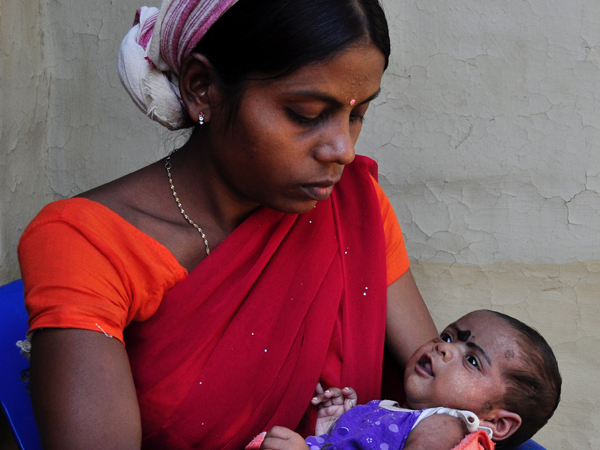Estimating health indicators, such as birth weight and size, is typically calculated at the district level in India, a practice that fails to capture the inequalities that may exist between smaller geographic areas, such as villages. A team of researchers affiliated with the India Policy Insights project have published a study that takes a novel look at low birth weight (LBW) and low birth size (LBS) across these smaller geographical blocks. Their findings reveal that while Indian states may report a more uniform prevalence in LBW and LBS from one district to the next, by drilling down deeper into smaller areas, such as villages and administrative blocks, the variations are much larger. The findings reinforce the need for policymakers to factor in these small area variations when designing interventions and targeting resources, so that those smaller areas of critical need don’t get overlooked.
Photo by AMIT RANJAN on Unsplash
